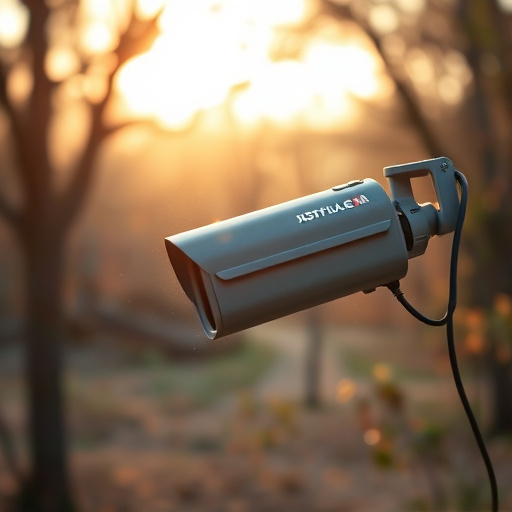The indoor spy camera with night vision market offers advanced covert surveillance technology disguised as everyday objects, leveraging infrared sensors and LED lighting to capture clear images in darkness. With diverse options available, these cameras excel in discreet monitoring for home or professional use where visible cameras are undesirable. Detection methods include visual inspections, AI software, UV/infrared illumination, and thermal imaging.
In the era of advanced technology, the indoor spy camera ecosystem has evolved dramatically, with night vision capabilities becoming a standard feature. This article delves into the intricacies of indoor spy camera with night vision identification, exploring the current landscape and the methods employed to uncover these concealed devices. We unravel the secrets behind night vision technology and present practical testing approaches to aid in their detection, ensuring peace of mind in private spaces.
- Understanding the Indoor Spy Camera Ecosystem
- Unveiling Night Vision Technology Secrets
- Testing Methods for Disguised Camera Identification
Understanding the Indoor Spy Camera Ecosystem
The indoor spy camera ecosystem is a complex network of devices designed for covert surveillance, often with a focus on night vision capabilities. These cameras are engineered to blend seamlessly into domestic or professional settings, making them nearly invisible to the naked eye. With advanced technology, they offer clear images and videos even in low-light conditions, ensuring discreet monitoring.
The market is saturated with various types of indoor spy cameras with night vision, each catering to different needs. From small, subtle cameras hidden within everyday objects like clocks or power outlets to more sophisticated models disguised as smoke detectors or light fixtures—the options are vast. These devices utilize infrared (IR) technology to capture footage in complete darkness, making them a favorite among those seeking discreet and effective surveillance solutions.
Unveiling Night Vision Technology Secrets
In the realm of security and surveillance, the quest for concealed observation has led to innovative solutions like the Indoor Spy Camera With Night Vision. Unveiling its secrets involves exploring advanced technology designed to capture clear images even in complete darkness. This sophisticated equipment leverages enhanced infra-red (IR) sensors and highly efficient LED lighting, enabling it to see what the human eye cannot.
By integrating these components, the camera can effectively navigate environments shrouded in night or low light conditions, offering unparalleled discretion and clarity. This technology is particularly invaluable for covert operations, home security, and professional surveillance needs where the presence of a visible camera could compromise the mission or environment.
Testing Methods for Disguised Camera Identification
The process of identifying hidden cameras, such as indoor spy cameras with night vision, involves a meticulous approach to uncover these clandestine devices. Testing methods range from visual inspections using specialized equipment to more advanced techniques employing artificial intelligence (AI). One common practice is to utilize UV light or infrared illumination, which can reveal the presence of camera lenses or sensitive components not visible under normal lighting conditions.
Additionally, thermal imaging cameras are employed to detect heat signatures emitted by electronic components, aiding in the identification of hidden cameras. In complex scenarios, AI-powered software analyzes video feeds and still images for peculiar patterns or anomalies that might indicate the existence of surveillance equipment. These testing methods ensure thorough examination, especially in environments where traditional detection techniques may fall short.
Disguised camera identification using lights testing offers a critical component in navigating the intricate indoor spy camera ecosystem. By understanding night vision technology and employing advanced testing methods, we can better detect these covert devices. Staying informed about the latest advancements in both technology and detection techniques is essential to safeguarding privacy in today’s digital era, ensuring folks are aware of potential risks and equipped with knowledge to foster a safer environment.
